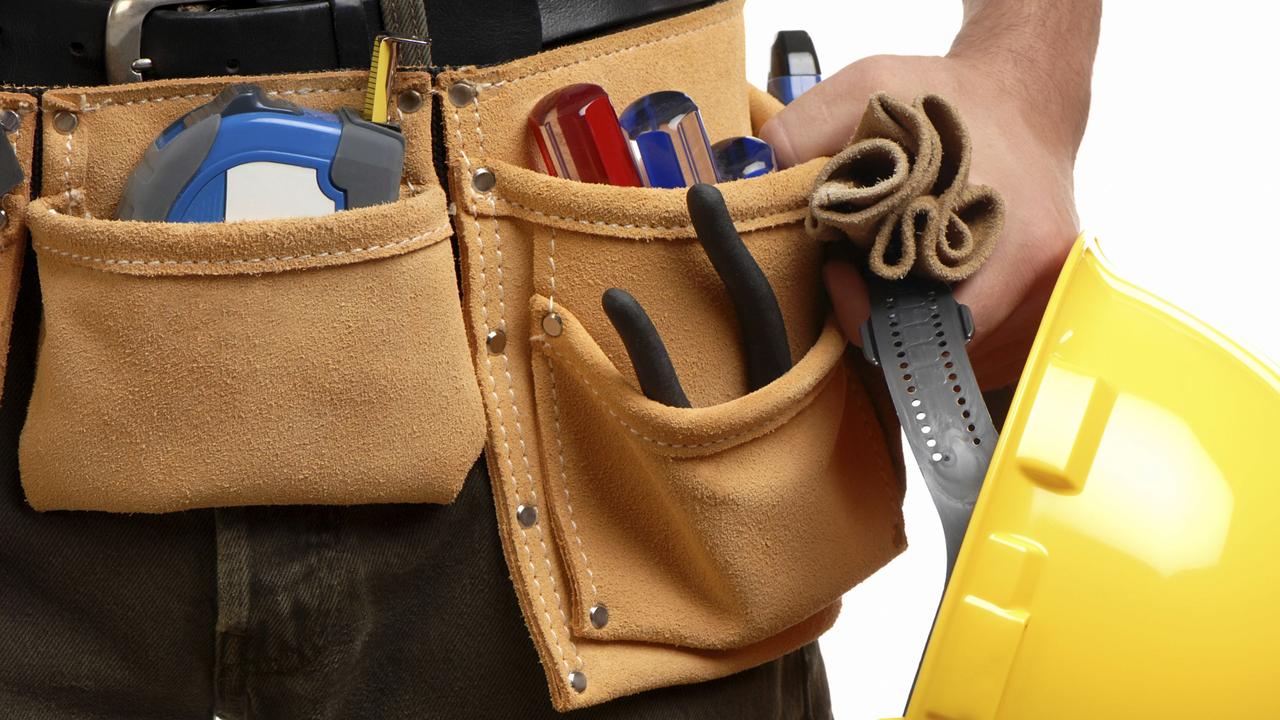How to head-off chemical resistant lice before they infest the whole class
There’s no point splitting hairs — eradicating head lice is every parent’s responsibility as school heads back. But what’s the best method? We speak to a nitpicking expert to reveal what works and what doesn’t.
SA News
Don't miss out on the headlines from SA News. Followed categories will be added to My News.
Parents are being reminded that the return to school can be a time for increased head lice outbreaks and effective treatment is essential.
SA Museum terrestrial invertebrates collection manager Dr Matt Shaw says insecticide resistance is an emerging problem.
“People just want to get rid of head lice, they throw various compounds at them, but it is helpful to think of some louse biology,” he said.
The first step he says is to check for lice by coating the hair in conditioner, which stuns lice for about 20 minutes, then do a “thorough combing and check for active lice”.
Use a louse comb to search for lice in wet hair. If active lice are found they need to be removed. Whatever method you use, you need to prepare for the second generation of lice sitting protected in unhatched eggs. It is possible to remove lice physically using very careful combing every second day for over two weeks. Or the lice can be treated with a pharmacy product. If chemical treatment is chosen a second treatment is required seven days after the first “because none of the insecticides will penetrate eggs and you must wait for the eggs to hatch”.

“Within seven to ten days the next generation of lice will have appeared and the second treatment should remove them,” Dr Shaw said.
However, because of insecticide resistance, the first choice of treatment, even though you've done it twice, may still not be effective, Dr Shaw said. It is important to follow instructions carefully because if a treatment fails you will have a better chance of understanding why.
“It's just being systematic and careful and observing those two treatments, seven days apart.”
The museum’s current exhibition on parasites features head lice including a scary horror-movie style image of a single louse at high magnification.
Adelaide Hills Dad Steve Tully, who took his children Ruby, 10 and Will, 8 to the museum to beat the heat this week, is well equipped to deal with any outbreaks, noting that head lice do not discriminate and even prefer clean hair.
“There's always issues with head lice, at most schools I think,” he said.
“We're certainly aware and alert to head lice being present and needing to do things about that if they are.”
Ruby, 10 was shocked to see the “weird” image of a head louse up close, but she has seen the eggs (nits) in real life and knows that horrible “itchy” feeling.
“Normally my mum will just have a look if I'm scratching my head a lot,” she said.
“Then put the head lice stuff in for a little bit and then wash it out and comb it.”
Dr Shaw recommends the website tropicalhealthsolutions.com/headlice for more detailed advice.
Parasites: Life Undercover is at the SA Museum until February 3, adults $10, members and children FREE.



